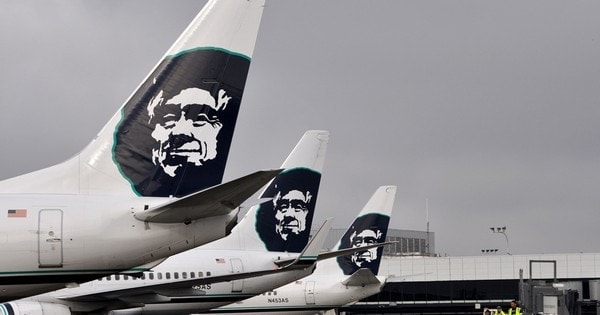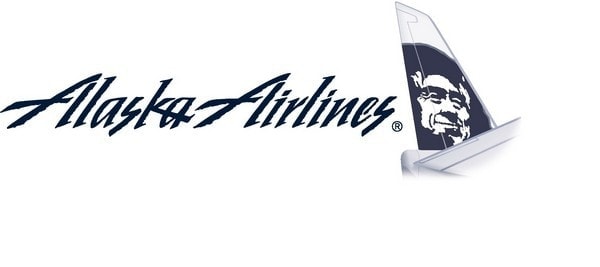Alaska Airlines was set up in the year 1932 and it is headquartered in Seattle and flies to around 100 destinations in USA, Canada some locations in South America and Carribean Islands. With the largest hub at Seattle Airport, Alaska Airlines is a part of three major alliances and also has codeshare alliances with some major airlines like American Airlines, British Airways, and LATAM Chile.
With around 12,000 employees the company has registered an annual turnover of USD 6 billion. The company has around 33 million customers and operates flights to more than 5 countries globally. The airlines were born as a result of a tie-up between McGee Airways, and Star Air Service.The company has always been striving to carve a place for itself in the customer’s heart by differentiating themselves by providing world-class customer service.
Table of Contents
Strengths in The SWOT analysis of Alaska Airlines
Strengths are defined as what each business does best in its gamut of operations which can give it an upper hand over its competitors. The following are the strengths of Alaska Airlines:
- Steady and Consistent growth: Alaska Airlines has been in operation from the year 1932 and ever since then through a strategy of innovation and continued improvements the airline has been able to register a steady and consistent growth in revenues.
- Customer Relationship: The customer delight of people who have flown with Alaska Airlines is a well-known fact and this is because of the superior in-flight services delivered by the airline.Some of their service s are in-flight meals, comfortable seating, soothing music, smooth booking and reservation process personalized services.
- Focus on domestic market: While most airline companies in the US, as well as other parts of the world, focus on international destinations, Alaska Airlines has been looking at domestic markets only. In addition to the US, the airline currently operates flights to Canada some locations in South America and Carribean Islands.
- Upkeep of fleet: Alaska Airlines is known for the importance they give to the upkeep and maintenance of their fleet of aircrafts. The airline maintains a high quality in the regular servicing of their aircrafts and periodic maintenance and this guarantees that there is total compliance with respect to flight safety norms.
Weaknesses The SWOT analysis of Alaska Airlines
Weaknesses are used to refer to areas where the business or the brand needs improvement. Some of the key weaknesses of Alaska Airlines are:
- High costs: Airlines is a high-cost business primarily due to the pressing need for upkeep of flights and the cost of the fuel. The focus that the airlines give to customer service also increases the operational costs of the airlines.
- Private ownership: In comparison to state-funded airlines, a private airline like Alaska Airlines faces more challenges in managing costs and they also face crunches in decision making.
- Excessive focus on shorter routes: The airline has placed a lot of importance to domestic flights and tries to operate more number of flights within a specific time which in turn increases the financial burden on the airline.
- Political instability: The political instabilities across the world is also affecting the operations of airlines across the world.
- The increase of focus on the economy class: The company has been focusing more on the economy class which in turn has reduced their importance to higher classes which means more revenue. This is bringing down their revenue prospects drastically.
Opportunities The SWOT analysis of Alaska Airlines
Opportunities refer to those avenues in the environment that surrounds the business on which it can capitalize to increase its returns. Some of the opportunities include:
- Business Travel: There is a surge in business travel today especially within the US. Affordable cost of travel coupled with the low time frame involved has made customers prefer air travel for domestic purposes more than how it was during the earlier days. This creates opportunities for domestic travel providers like Alaska Airlines.
- Consolidation: The recent years have seen a consolidation in the airline’s sector and within the international players there are a lot of amalgamations, takeovers, acquisitions, and mergers with mainstream domestic players. This may create opportunities for Alaska Airlines to become an international operator.
- Increased automation: The effects of automation are seen in the airlines just like in other sectors. Human resources are being assigned more towards -flight and airport experiences are becoming more and more personalized.Automation also gives an opportunity for airline companies to look beyond their core business of airlines and move into hotels or boutique properties.
Threats The SWOT analysis of Alaska Airlines
Threats are those factors in the environment which can be detrimental to the growth of the business. Some of the threats include:
- Competition: The company faces a lot of competition from brands such as Americal Airlines, Air France, British Airways and Lufthansa.
- Prohibitive costs: The high cost of fuel and maintenance as well as the hassle of research into customer data and analytics are all creating more and more costs for airlines.
Liked this post? Check out the complete series on SWOT


I am in a business policy and management strategy class and this SWOT analysis example really gives me an excellent idea on how to create one. Thanks for posting